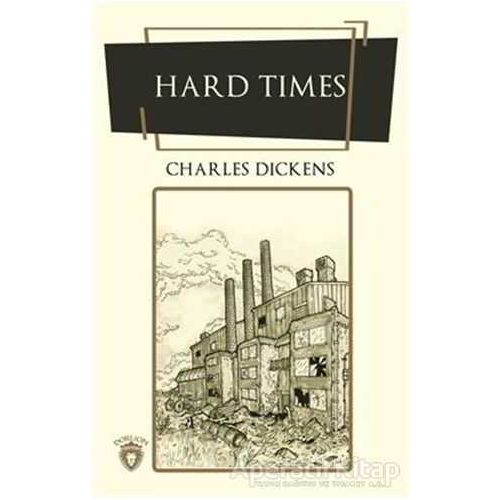Hiç mesaj bulunmadı
| Taksit | Tutar | Toplam |
|---|---|---|
| Tek Çekim | 218.00 TL | 218.00 TL |
250 TL nin altındaki tutarlar için taksit yapılamamaktadır.
| ||
| Taksit | Tutar | Toplam |
|---|---|---|
| Tek Çekim | 218.00 TL | 218.00 TL |
| 2 Taksit | 109.00 TL | 218.00 TL |
| Taksit | Tutar | Toplam |
|---|---|---|
| Tek Çekim | 218.00 TL | 218.00 TL |
250 TL nin altındaki tutarlar için taksit yapılamamaktadır.
| ||
| Taksit | Tutar | Toplam |
|---|---|---|
| Tek Çekim | 218.00 TL | 218.00 TL |
250 TL nin altındaki tutarlar için taksit yapılamamaktadır.
| ||
| Taksit | Tutar | Toplam |
|---|---|---|
| Tek Çekim | 218.00 TL | 218.00 TL |
250 TL nin altındaki tutarlar için taksit yapılamamaktadır.
| ||
| Ödeme Türü | Toplam Tutar |
|---|---|
| Diğer Kredi Kartları | 218.00 TL |
| Havale / Eft | 218.00 TL |
| Posta Çeki | 218.00 TL |
| Kapıda Ödeme | 228.00 TL |
Kapıda ödemeli siparişlerde +10,00TL kapıda ödeme hizmet bedeli ilave edilir. |
|
- Vade farksız taksitler KOYU renkte gösterilmektedir.
- X+X şeklinde belritilen taksitler (Örneğin: 2+3) 2 taksit olarak işleme alınmakta ancak ilgili bankanın kampanyası dahilinde 2 taksit üzerinden işlem yapıldığı halde 2+3 yani 5 taksit olarak kartınıza ve ödemenize yansımaktadır. (2 taksit seçilmiş olsa bile banka kampanyası dahilinde ekstradan vade farkı eklenmeden işlem 5 taksite bölünmektedir.)
Charles Dickens was bom on February 7,1812, in Port sea, England. His parents were middle-class, but they suffered financially as a result of living beyond their means. When Dickens was twelve years old, his family’s dire straits forced him to quit school and work in a blacking factoiy (where shoe polish was manufactured). Within weeks, his father was put in debtor’s prison, where Dickens’s mother and siblings eventually joined him. At this point, Dickens lived on his own and continued to work at the factory for several months. The horrific conditions in the factory haunted him for the rest of his life, as did the experience of temporary orphanhood.
Apparently, Dickens never forgot the day when a more senior boy in the warehouse took it upon himself to instruct Dickens in how to do his work more efficiently. For Dickens, that instruction may have represented the first step toward his full integration into the misery and tedium of working-class life. The more senior boy’s name was Bob Fagin. Dickens’s residual resentment of him reached a fevered pitch in the characterization of the villain Fagin in Oliver Twist. After inheriting some money, Dickens’s father got out of prison and Charles returned to school. As a young adult, he worked as a law clerk and later as a journalist. His experience as a journalist kept him in close contact with the darker social conditions of the Industrial Revolution, and he grew disillusioned with the attempts of lawmakers to alleviate those conditions. A collection of semi-fictional sketches entitled Sketches by Boz earned him recognition as a writer. Dickens began to make money from his writing when he published his first novel, The Pickwick Papers, which was serialized beginning in 1836 and published in book form the following year. The Pickwick Papers, published when Dickens was only twenty-five, was hugely popular, and Dickens became a literary celebrity after its publication.
In 1836, Dickens married Catherine Hogarth, but after twenty years of marriage and ten children, he fell in love with Ellen Tertian, an actress many years his junior. Soon after, Dickens and his wife separated, ending a long series of marital difficulties. Dickens remained a prolific writer to the end of his life, and his novels-among them Great Expectations, A Tale of Two Cities, A Christmas Carol, David Copperfield (Dickens’ most autobiographical novel), and Bleak House-continued to earn critical and popular acclaim. He died of a stroke in 1870, at the age of 58, leaving The Mystery of Edwin Drood unfinished.



